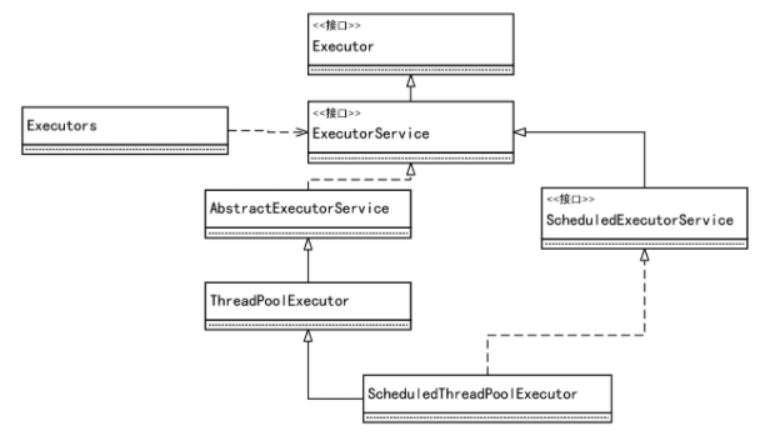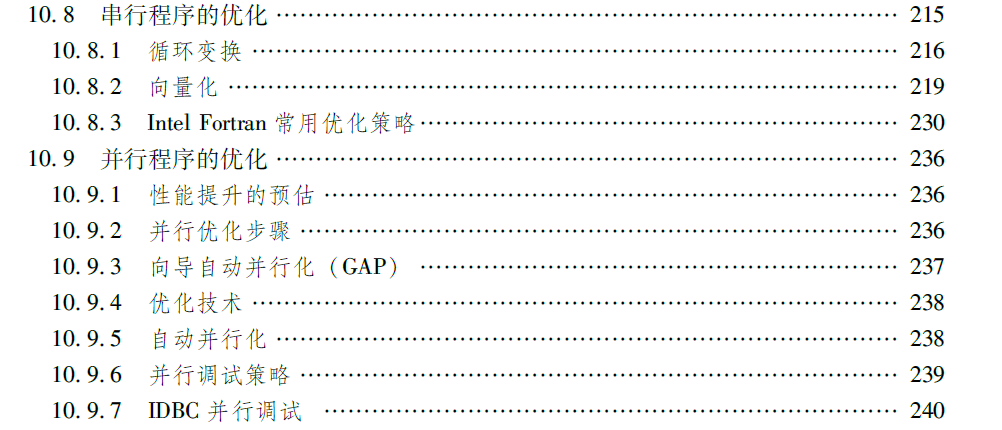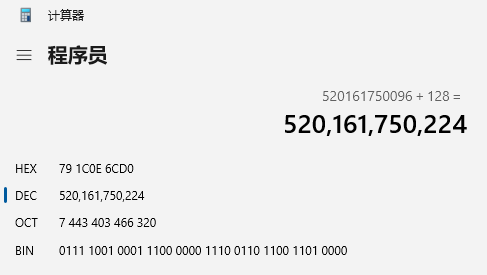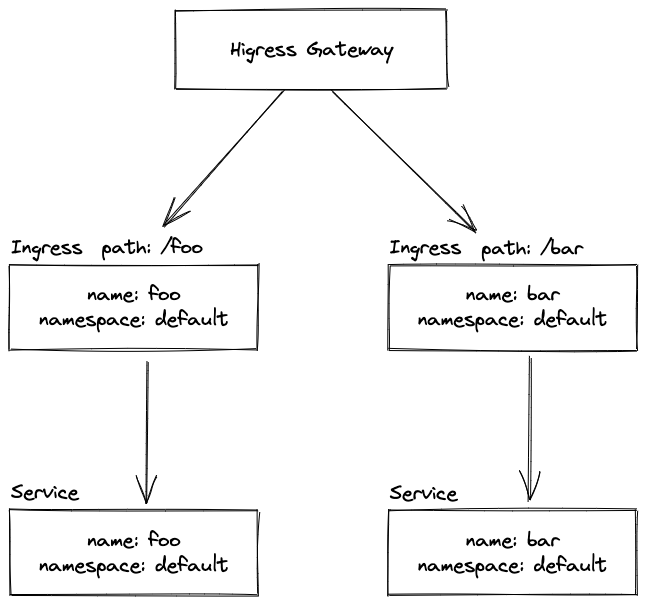前言
在上一章中介绍了什么是反射:
https://www.cnblogs.com/aoximin/p/16440966.html
正文
上一节讲述反射的基本原理和为什么要用反射,还用反射的优缺点这些。
![重学c#系列—— 反射的基本理解[三十三]-小白菜博客](https://blog.xiaobaicai.fun/wp-content/uploads/2022/12/514d60bc846dc49f34ccc8f7d4996f07.png)
其二者的本质是一致的,都是先获取到type(元数据)然后在进行创建实例。
下面那个好理解看下上面那个吧。
![重学c#系列—— 反射的基本理解[三十三]-小白菜博客](https://blog.xiaobaicai.fun/wp-content/uploads/2022/12/982fcf6e459b64b5ce5a6783ef6a3abd.png)
其实还是调用了activator:
![重学c#系列—— 反射的基本理解[三十三]-小白菜博客](https://blog.xiaobaicai.fun/wp-content/uploads/2022/12/5972dab43b26aa2575acc1bd45337707.png)
说另外一个故事,是先有对象,后执行构造方法。还是先执行构造方法后有对象呢?到底是编译行为还是运行行为呢?
其实先创建对象,然后再进行构造函数。
而一切初始化其实是在构造函数中。
比如:
public class Cat
{
private string a = "100";
public string b = "100";
public Cat()
{
a = "200";
b = "200";
}
}
那么其.ctor () 为:
![重学c#系列—— 反射的基本理解[三十三]-小白菜博客](https://blog.xiaobaicai.fun/wp-content/uploads/2022/12/79c62bdc733369f4863a8587c26e62fb.png)
计算机远比我们想象的要简单的多,就是开辟一块空间,然后往里面填充数据。 至于定义什么类型,那属于程序的自我管理。
有点扯远了,那么反射的实现也是一样的。
在CreateInstance中:
![重学c#系列—— 反射的基本理解[三十三]-小白菜博客](https://blog.xiaobaicai.fun/wp-content/uploads/2022/12/b59bbf21daa8c297708acefb7039a2d2.png)
两者创建对象的原理基本是一致的,反射只是在上面增加了一层动态获取类型(其中包括校验和创建实例的代码生成)。
internal class Program
{
static void Main(string[] args)
{
var type1 = typeof(Cat);
Cat cat = new Cat();
var type2 =cat.GetType();
Assembly assembly = Assembly.GetExecutingAssembly();
var type3 = assembly.GetType("ConsoleApp1.Cat");
var type4 = typeof(Cat);
Console.WriteLine($"{type1.GetHashCode()} {type1.GetHashCode()} {type3.GetHashCode()} {type4.GetHashCode()}");
Console.ReadKey();
}
static (string name, int age, uint height) GetStudentInfo1()
{
return ("Bob", 28, 175);
}
}
他们的type也是同一个type:
internal class Program
{
static void Main(string[] args)
{
var type1 = typeof(Cat);
Cat cat = new Cat();
var type2 =cat.GetType();
Assembly assembly = Assembly.GetExecutingAssembly();
var type3 = assembly.GetType("ConsoleApp1.Cat");
var type4 = typeof(Cat);
Console.WriteLine($"{type1.GetHashCode()} {type2.GetHashCode()} {type3.GetHashCode()} {type4.GetHashCode()}");
Console.ReadKey();
}
static (string name, int age, uint height) GetStudentInfo1()
{
return ("Bob", 28, 175);
}
}
![重学c#系列—— 反射的基本理解[三十三]-小白菜博客](https://blog.xiaobaicai.fun/wp-content/uploads/2022/12/a8e3a25dd48f75bd25a037db97cdf5ce.png)
值得注意的是typeof 属于语法糖:
![重学c#系列—— 反射的基本理解[三十三]-小白菜博客](https://blog.xiaobaicai.fun/wp-content/uploads/2022/12/f2cf974383c32384139c01dad4eadfca.png)
现在知道了Type 就包含我们类的元数据了,那么这些元数据到底有哪些呢?
![重学c#系列—— 反射的基本理解[三十三]-小白菜博客](https://blog.xiaobaicai.fun/wp-content/uploads/2022/12/3f122e11893dfff29c577fa5aa1a7698.png)
里面包含了描述类的全部信息,有命名空间啊,属性啊,方法啊。这些都是有的。
这些不用去记,用的时候找找看,都有的。
唯一说一个值得的注意的地方哈。
是这样的。有一个BindingFlags这个枚举,可以看到是是一个多选枚举。
![重学c#系列—— 反射的基本理解[三十三]-小白菜博客](https://blog.xiaobaicai.fun/wp-content/uploads/2022/12/4e5b807110cb7dbeca72b15676e882c8.png)
然后这样写:
static void Main(string[] args)
{
var type1 = typeof(Cat);
var filter = BindingFlags.Public;
var members = type1.GetMembers(filter);
Console.ReadKey();
}
![重学c#系列—— 反射的基本理解[三十三]-小白菜博客](https://blog.xiaobaicai.fun/wp-content/uploads/2022/12/50a92f86e9149fd4dd493e74b8823ce4.png)
你发现看不到,这是为什么呢?
static void Main(string[] args)
{
var type1 = typeof(Cat);
var members = type1.GetMembers();
Console.ReadKey();
}
来看下是什么样的。
![重学c#系列—— 反射的基本理解[三十三]-小白菜博客](https://blog.xiaobaicai.fun/wp-content/uploads/2022/12/e46e33e82b957abcfa93b896046e095e.png)
可以看到,这个public string b,其实是public | instance 这样的bindingflag,而不是public。
也就是说默认的是公共且可实例化的。 这个bindingflag的处理,不是或的关系,而是且的关系。
这里也是大家使用多选枚举值得注意的地方,我们的业务上不仅可以用来做或也可以用来做且,它是多选的意思。
如果需要看下反射方法是怎么调用的,可以去查看:System.RuntimeMethodHandle的InvokeMethod,这里面水比较深,选择性观看。
结
上一节结束了反射,这一节讲了一下反射的大致的行为。下一节反射的常用手段,主要是一些例子。
























